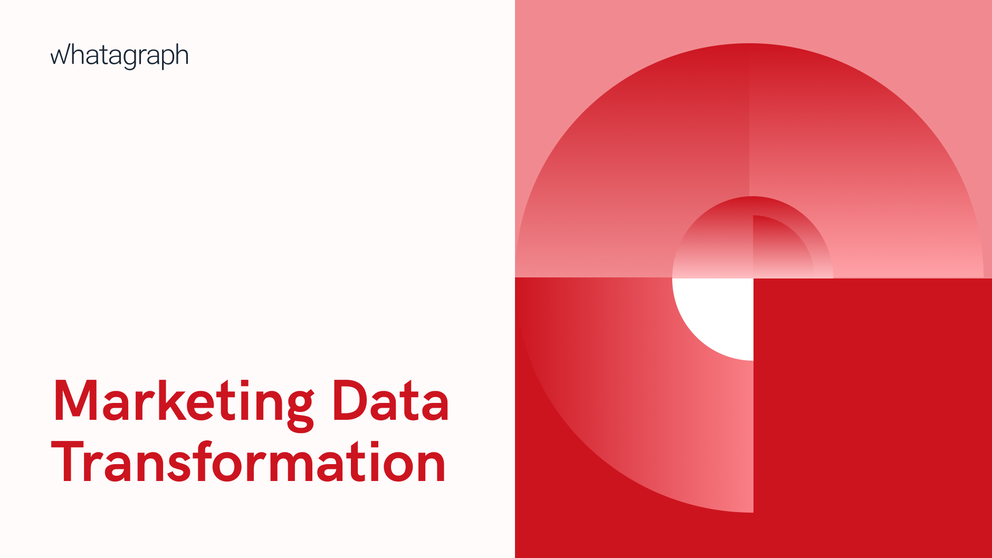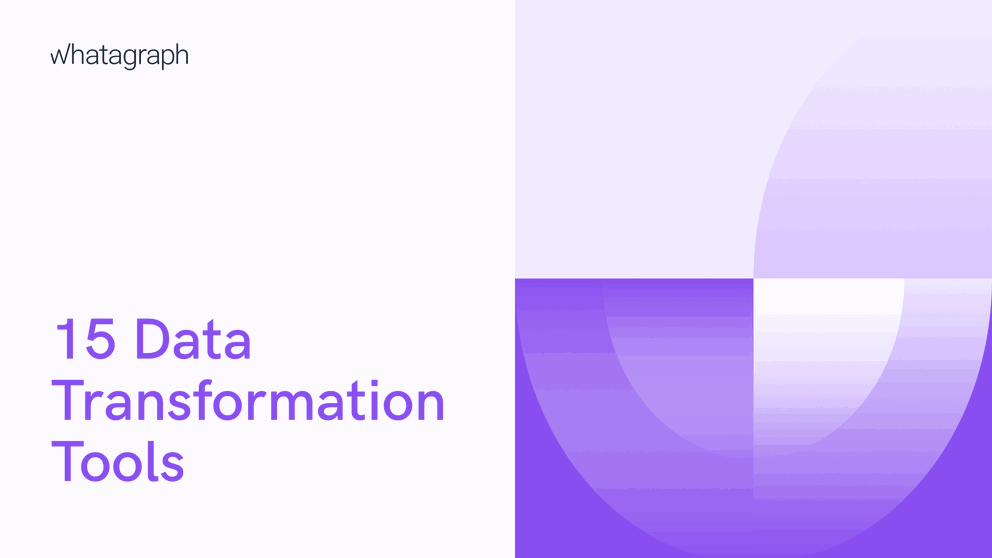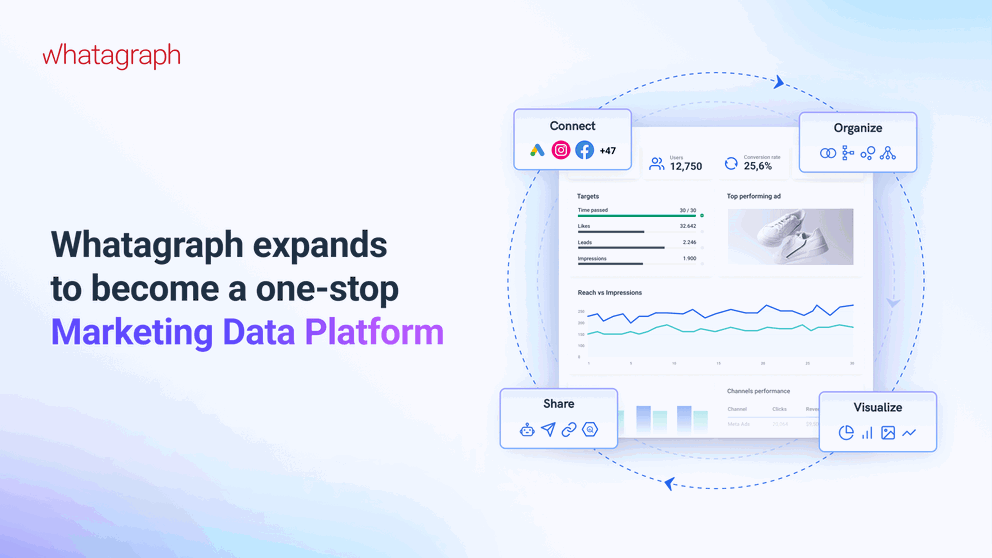Data analysis helps to better inform your content marketing decisions, ensuring that you’re providing content that appeals to and influences your target audience. Read on to learn exactly how you can use different types of data to refine your content marketing strategy to boost conversions and net more new customers.
How To Use Data Analysis To Improve Your Content Marketing Strategy

May 18 2022 ● 9 min read

Table of Contents
- How Can Data Uplift Your Content Marketing Strategy?
- 9 Tactics To Leverage Data Analysis to Improve Your Content Strategy
- Conclusion
How Can Data Uplift Your Content Marketing Strategy?
While more content teams are using data to inform their content marketing strategies, only 10% of organizations believe that their teams have the right skill set to derive value from data.
To truly capitalize on data-driven insights, your content team needs to understand how to use and interpret data to benefit the content strategy. Part of this process is understanding what data can do for your content.
First, data helps your content team understand how well your content is performing.
While 63% of organizations establish key performance indicators (KPIs) to measure content marketing performance, a quarter of marketers admit that proving the effectiveness of their marketing content is a top challenge.
By utilizing marketing data analysis, content teams can understand how well content is performing overall and pinpoint the most effective types of content.
This helps you inform future campaign strategies. In fact, companies like SonderCare have achieved growth from 7,000 to 75,000 visits per month, just thanks to data analysis of their content.
Plus, data can help identify the content campaigns that generate the highest return on investment (ROI). While a campaign may be highly effective, it’s not an efficient tactic if it’s super expensive.
Right now, 61% of organizations say that they measure content marketing ROI. However, 44% of them don’t claim to be very good at it.
By having a better grip on your data, you’ll learn more accurate insights on how cost-effective your content strategies are.
But that’s not all you can do with data.
Different types of data enable you to get various insights into how you can construct your campaigns to better appeal to your audience and address their needs.
By using data to understand your target audience and to find out what your buyer personas are interested in, you can create more relevant campaigns that appeal to their preferences, increasing conversions.
Remember, though, collecting data means following data privacy regulations. But fewer than one in five organizations says they’re well-prepared to handle new data privacy legislation.
Make sure you’re not caught short. Prepare your edge computing, on-premise, or cloud data solutions now so you can collect data without worrying about the consequences of a breach.
9 Tactics To Leverage Data Analysis to Improve Your Content Strategy
There are several ways you can use data analysis to inform your content strategy so that you’re producing higher-quality content that resonates with the audience.
Here are some of the most effective ways:
1. Plan content with social listening data
31% of content marketers say that they struggle to find new ideas for content.
Rather than scraping the bottom of the barrel, why not try listening to your audience?
51% of marketers use social listening to discover major trends within their industry and get an idea of what their target market is discussing.
Social listening is a tactic where you use Keyhole or Sprout Social tools to monitor relevant keywords, brand terms, and industry buzzwords to identify the conversations that your audience is having about these topics.
It’s an effective way of finding content that’s highly relevant to real-time conversations.
Take travel brand TUI, for example.
TUI has been using social listening to better understand what its audience is thinking and feeling to design better content.
As Naomi Bressan, Social Community Manager for TUI UK and Ireland, says, “We’re always drilling into what people are saying about our brand to understand key themes and sentiment which informs parts of our content.”
This technique has led to 7.1 million content engagements in just six months
2. Strategize SEO content with keyword data
75% of marketers say they want to attract more traffic to their website. While 80% of content marketers create blog posts, for these blog posts to be truly effective at capturing traffic from search engines, they need to optimize these articles for search engines.
According to 75% of content marketing experts, search engine optimization (SEO) is the most effective content strategy to get more traffic.
Since 89% of marketers rely on organic search as their most effective content distribution channel, your SEO must be up to scratch to capture that organic traffic.
This means getting to the top of Google’s search rankings. After all, 50% of all clicks go to that first-place search result.
One of the best ways to do this is to find relevant search terms that get significant monthly traffic but are also relatively easy to rank highly for.
Remember, 90% of keywords get no more than 10 monthly searches, so you want to avoid these terms as they won’t bring in much traffic.
On the flip side, 0.16% of the most popular keywords account for over 60% of all searches. While these terms have the potential to bring in more traffic, you’ll be competing with lots of other websites to get to the top of Google for these terms.
Using keyword data, you can identify the best keywords to target within your blog campaigns so that you can get your articles to the top of search engine results pages (SERPs) that will generate significant traffic.
Keyword research tools like Ubersuggest and SEMRush can help provide this data.
Look for terms that have relatively high monthly search volumes (over 100 searches per month) and a low SEO difficulty. Target these terms in your blogs to boost SEO.
3. Monitor Google Analytics to build buyer personas
Your products or services are likely to appeal to more than one type of buyer. Over 50% of marketers create content for four or more different buyer personas.
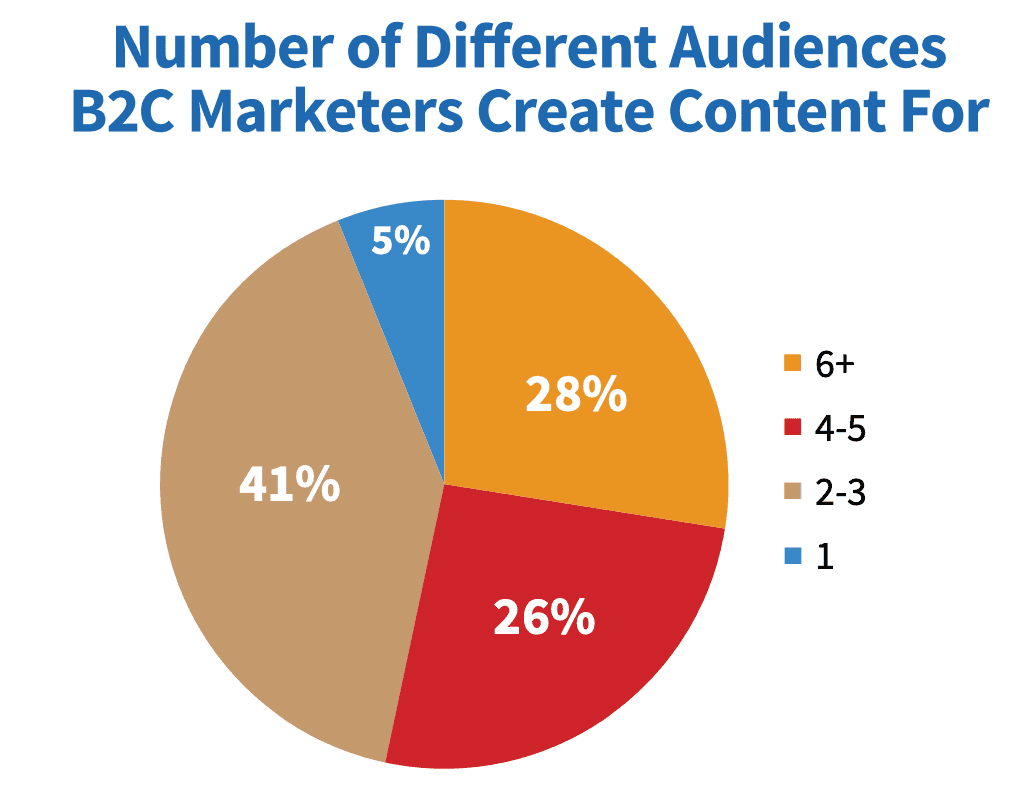
To understand how buyer personas behave, 88% of content marketers use website analytics tools like Google Analytics.
On the one hand, monitoring website analytics will help you understand the content preferences of your buyer personas. The most-visited pages will provide a framework for generating future content.
You can also use Google Analytics to determine which products are most popular and what behaviors lead to the most conversions.
You can also find out more about your audience. Looking into the demographics of your visitors, you can work out whether users have been to your site before, where they’re coming from, what devices they use, etc.
These bits of knowledge help you better target content and paid advertising campaigns to the right types of users in the right locations.
4. Refine your social media content using social analytics data
First off, you need to make sure that you’re distributing the right content to the right social media platforms. It’s not just that high-performing brands offer customers an omnichannel experience. It’s also about knowing what experiences to provide on which platforms.
The problem is that a quarter of marketers say they struggle to work out which platforms are the best to distribute content.
Not only that, but 43% of content marketers say they find it tough to generate content that resonates with their target audience.
To strategize the right types of content for each channel, look into your social analytics data and pinpoint the content that has the most engagement on each platform.
For example, you may find that your audience engages most on Instagram with polls in your Stories. However, on Facebook, you may find that customers are sharing your videos the most.
Use this data to redefine the types of content you put out on each platform.
You also need to consider timing.
It’s important to understand when your audience engages with your content on each platform so that you’re posting when they’re watching.
Take Facebook, for instance. It’s best to post on Facebook on Wednesdays during the late morning and early afternoon.
Take a look at email automation software ActiveCampaign, for example.
This post, released on a Wednesday, got 18 likes, 2 comments, and 10 shares.
A post a few days before on a Monday (April 5th) got only five likes and no shares or comments.
This shows that Wednesdays are better for posting on Facebook than Mondays.
Remember, though, these are the best times to post on social platforms based on data from all over the world. While you can use these as a starting point, you should delve into your own social analytics data to see when your audience best responds to your posts.
Try testing posts on different days and times to see which perform the best.
5. Use chatbot data to address common queries
Last year, around one in five brands installed a chatbot to improve customer service.
Chatbots are a great way to improve customer service, especially since they learn over 90% of visitor questions in just five months.
What’s great about this is that chatbots become a treasure trove of data that identifies main customer concerns that crop up repeatedly. By delving into your chatbot data, you can find out which questions your customers most commonly ask and which content your chatbots guide them toward.
Using this information, you can better strategize the types of educational content you’ll need to create to help your audience get more from your products and services. With this data handy, you can create educational articles, videos, and infographics that help answer common customer questions.
Amazingly, 65% of brands don’t have a searchable self-service knowledge base to help answer customer questions, despite 45% of content marketers claiming that educational ‘how-to’ content is the most effective content strategy.
If you don’t currently have any content tactics in place to educate your audience or help answer their queries, it’s time to dive into your chatbot data to find out what they’re asking.
7. Improve lead quality based on purchasing data
While 79% of organizations say that their top content marketing priority is to generate more quality leads, 51% of marketers complain that they struggle to create content that generates quality leads.
Use the purchasing data you glean from your sales tracking tools to help here.
When your customers purchase from your website, they’ll need to fill in personal details. This is your opportunity to find out more about your customers.
You can ask questions about occupation, interests, and location to help you better understand which types of customers buy which products.
This helps you promote the right products to the relevant target audiences.
You can also look at which products customers buy together. That way, you can tailor recommendations and upsell extras at the cart level.
8. Use email engagement rates to better personalize content
53% of marketers say deeper personalization of content is a top priority. This is because 63% of consumers now expect personalization as part of standard service.
By better understanding email engagement rates, content marketers can get a more in-depth view of the types of email content that trigger each audience segment to take action.
Monitoring open rates, click-through rates, and conversion rates, email marketers can better understand how to personalize future content to each segment to encourage more positive actions.
9. Optimize website content with A/B testing data
The content on your website can make a huge difference to your conversion rates. It’s not just what you write, but also how you present it.
One of the quickest ways to work out how to drive conversions with website content is to perform A/B tests. By testing two different versions of your website content, you can get an idea as to which leads to more conversions.
Take Lyyti, for example.
The software company boosted conversions by more than 93% by A/B testing different pricing page examples.
Conclusion
Designing a content strategy can be overwhelming, especially if you’re flying blind. Data helps you determine where to start and which routes to follow as your progress.
Not only will data analysis help you to understand who your target audience is, but it’ll also give you a picture of the content they prefer, how they respond to it, and when it triggers positive action.
The only way to get insightful data is with a top data analysis tool. Try Whatagraph today to drive more conversions with your content by monitoring and aggregating marketing data.
Published on May 18 2022

WRITTEN BY
Mile ZivkovicMile is the head of content at Whatagraph in charge of all content and communications for Whatagraph’s marketing data platform. A marketing heavy with almost a decade of SaaS industry experience, Mile has managed multiple content marketing teams without losing an ounce of his writing passion. The author behind some of the most-read pieces on our blog.
Get marketing insights direct to your inbox
By submitting this form, you agree to our privacy policy
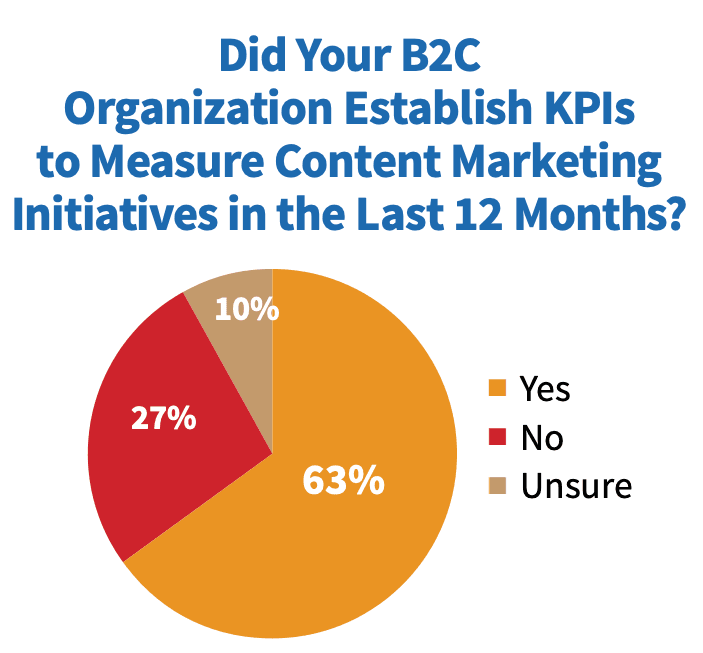 (
(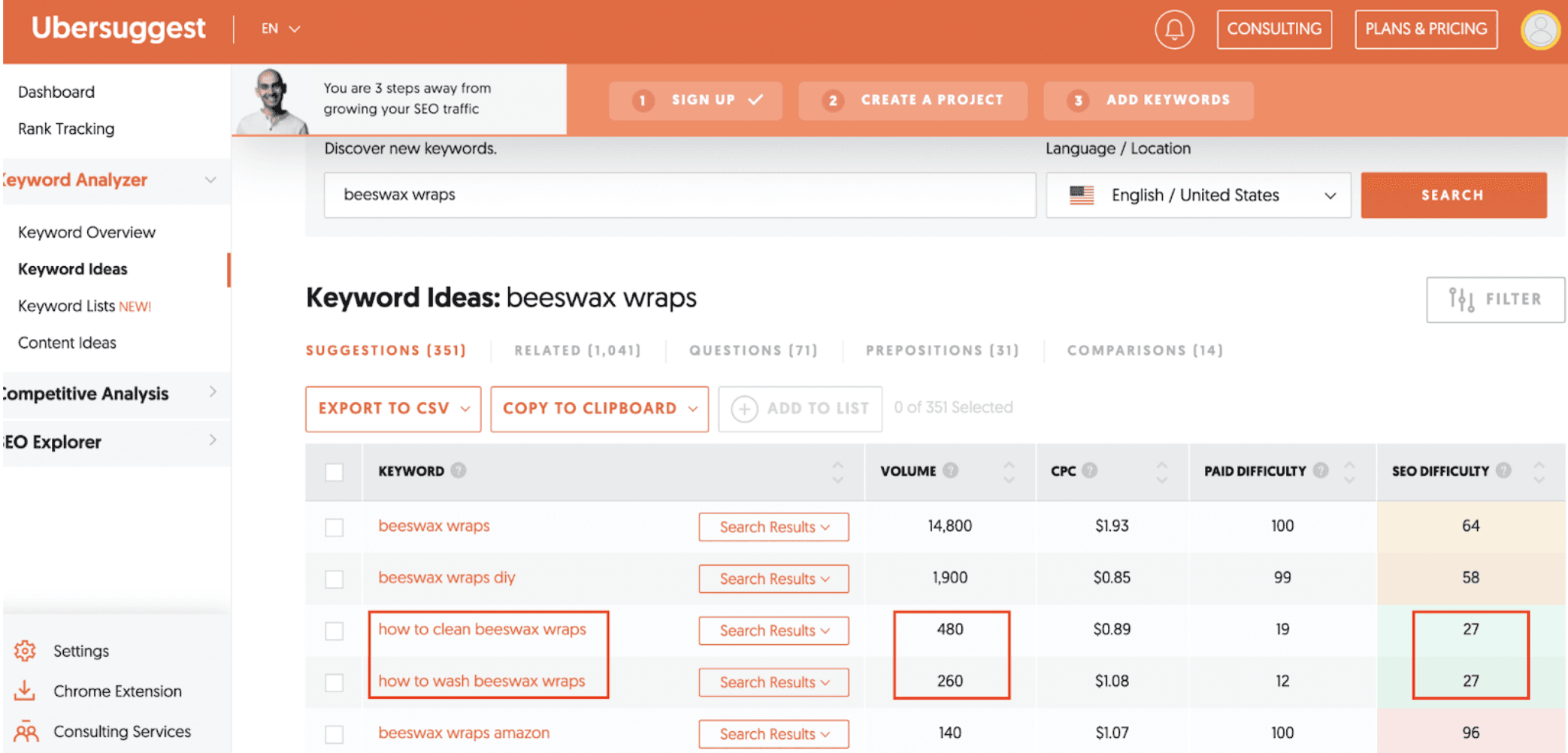 (
(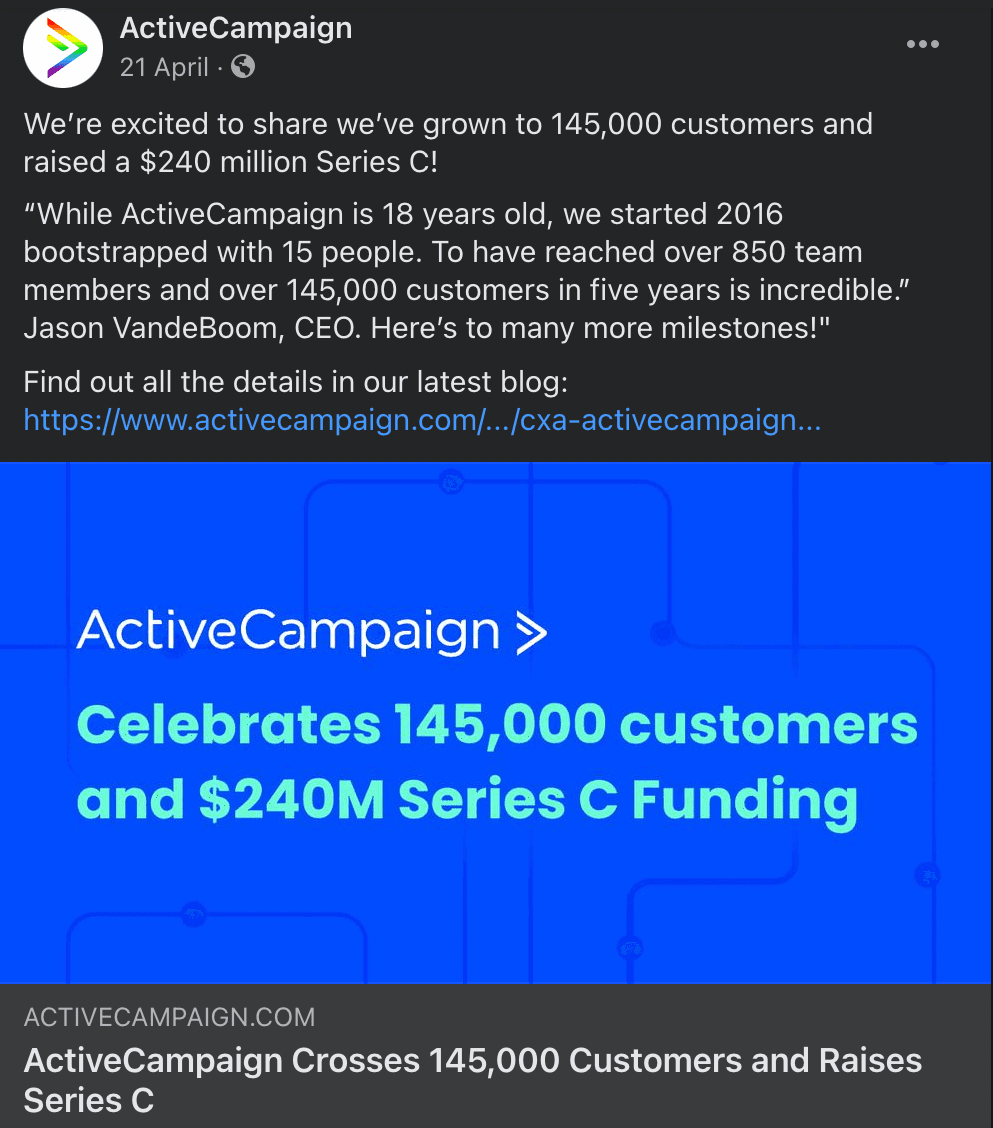 (
(


